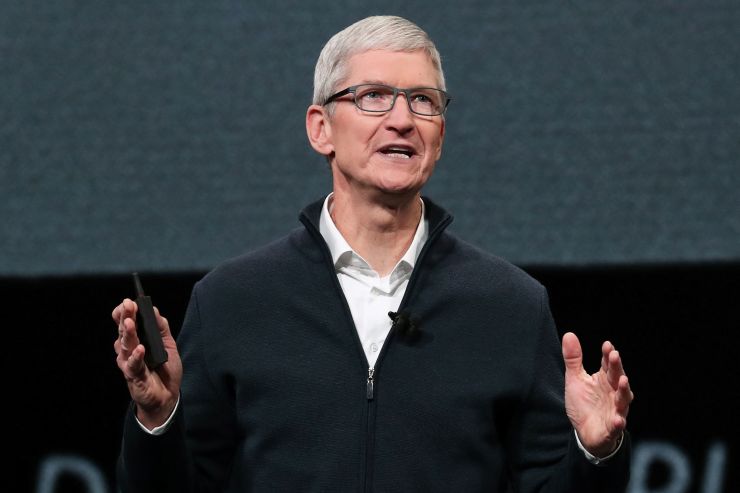
Apple is cutting down its current production plans for new iPhones by about 10 percent for the next three months, the Nikkei Asian Review reported on Wednesday.
The tech giant told its suppliers in December to produce fewer new iPhones than what was initially planned for the March quarter, the Nikkei said, citing sources with knowledge of Apple’s request.
It would be the second time in two months that Apple trimmed its planned production for its smartphones, according to the Nikkei, which added that the newest revision applies to all new iPhone models — the XS Max, XS and XR.
Under the revised proposal, the overall planned production volume for new and old iPhones will be reduced to about 40 million to 43 million units for the March quarter — down from an earlier prediction of 47 million to 48 million units, the Nikkei said citing a source familiar with the situation.
Apple did not immediately respond to CNBC’s email request for comments.
Last week, Apple slashed its guidance on revenue, partly blaming the revision on a weakening economy in China and lower-than-expected iPhone revenue in the Greater China region. The move roiled markets as investors worried about a slowdown in the world’s second-largest economy amid Beijing’s ongoing trade fight with Washington.
Analysts said that many Apple suppliers had been telegraphing the issue of weak iPhone demand since last year.
CEO Tim Cook told CNBC on Tuesday that naysayers on Wall Street were under-appreciating the company’s growing ecosystem of devices and services.
Apple, along with its rivals including Samsung, finds itself in a highly saturated smartphone market where growth is falling. According to the International Data Corporation, global smartphone shipments fell 6 percent in the third-quarter of 2018 — that was the fourth consecutive quarter of year-over-year declines, which raised concerns about the market’s future.
Some analysts have said that smartphones from various companies have become so similar in their features and functionality that customers no longer see tangible differences. The devices are also not as innovative as they used to be.























